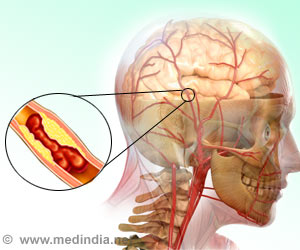
‘Hearing loss due to aging, noise, and certain cancer therapy drugs and antibiotics has been irreversible to date because scientists have not been able to reprogram existing cells to develop into the outer and inner ear sensory cells — essential for hearing — once they die.’
Tweet it Now
"It will provide a previously unavailable tool to make an inner or outer hair cell. We have overcome a major hurdle," Garcia-Anoveros added. In the paper published in the journal Nature, the team described the master gene switch — TBX2. When the gene is expressed, the cell becomes an inner hair cell. When the gene is blocked, the cell becomes an outer hair cell.
The ability to produce one of these cells will require a gene cocktail, Garcia-Anoveros said. The ATOH1 and GF1 genes are needed to make a cochlear hair cell from a non-hair cell. Then the TBX2 would be turned on or off to produce the needed inner or outer cell.
The goal would be to reprogram supporting cells, which are latticed among the hair cells and provide them with structural support, into outer or inner hair cells.
Hearing Loss Gene
"We can now figure out how to make specifically inner or outer hair cells and identify why the latter are more prone to dying and cause deafness," Garcia-Anoveros said.He, however, stressed that the research is still in the experimental stage.
Advertisement
The death of outer hair cells made by the cochlea are most often the cause of deafness and hearing loss. The cells develop in the embryo and do not reproduce.
Advertisement
"The ear is a beautiful organ. There is no other organ in a mammal where the cells are so precisely positioned. (I mean, with micrometric precision.) Otherwise, hearing doesn’t occur," Garcia-Anoveros said.
Source-IANS














